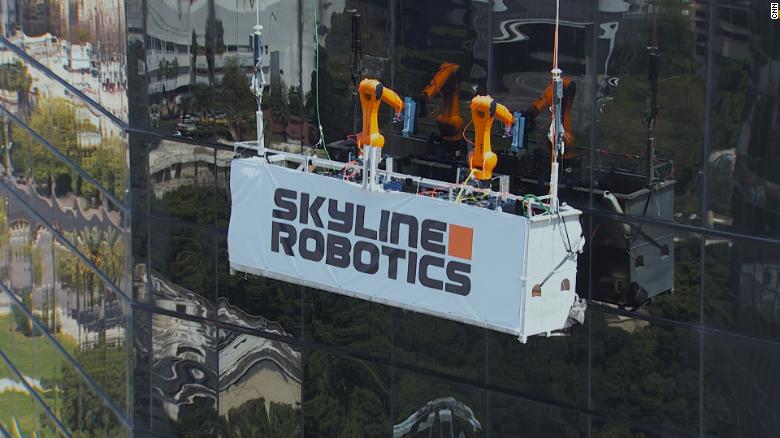I've mentioned the magic system from Overgrown Secrets before. This is what I gave my players:
Everyday
practical magic is tied to magical artifacts made of precious metals
and inscribed with the inscrutable designs of the ancients. The artifact
usually takes the form of a ring, bracelet, necklace, or other piece of
jewelry fitting around the body. Only one item can be used at a time.
Effects
consist of motion, light, body, or mind. Each item produces an effect
worth from [1] to [10] points. It is not known how to reproduce many
effects, but a few, such as the soul protection circuit and the simple
light ring, can be produced by modern smiths. Those that aren’t must be
bought as signature gear. The cost of the item is $100 per point. Some complex
effects require a magic operation skill to use.
Here are some examples of magic items:
- Soul Protection Circuit: $350, Worn around the neck: gives +3 to will saves against mental attacks and attempts to consume one’s soul. Can be manufactured.
- Candle Ring: $60, provides the light of a single candle. Can be manufactured
- Motion Bracers: $1000, provide [10] points of Telekinesis. Requires Magical Operation (Telekinesis)
- Running Ring: $500, provides +1 move
- Weapons Circuit: $500, provides +1 striking ST.
- Necklace of Disguise: $1000, allows changing how you look. Changing is only a few seconds, but matching a look requires at least a minute to get right. Requires Magical Operation (Illusion) and Disguise.
Skills for Magic:
The ability to work with the metals is the jeweler skill.
Knowing how to construct or analyze the constructions is Hidden Lore (Metalcraft)
Individual items may require the Magical Operation Skill. Generally this is only needed to perform complex tasks.
Fine Workings of Magic:
The Magic items are made out of 10 strands of bronze, sliver, or gold, connected in a complex pattern. They must be looped around the user's body. Bronze is connected to mind effects, silver to motion and light effects, and gold to body effects.
Effects that can be reproduced by local smiths are 30% to 40% cheaper than the expected price of $100 per character point.
The non-reproducible magic the crypt spirits and pyramid provosts have access to is essentially a tool to observe the flows of the effect. At the GM's option, they might also have powers worth more than 10 points, but that feed off of the soul of the user, which will effect the user's mind. I didn't have to work that out in the campaign.
Magic in the Campaign:
My players almost universally chose to wear the soul protection circuits and to forgo other magic items. This is because it served as armor against both the default foe of shapeshifters and was even more effective against the crypt spirits.
The Crypt spirits had access to the ability to make some of the currently non-reproduceable magic items, though they didn't have access to any at first. This could have been an incentive to the Players, and some of their NPC allies were anxious to get it, but the players weren't that tempted by the secrets, finding that as they needed their amulets, the rest of the magic was less interesting.
The magic system was created as an afterthought to the campaign: I wanted magical monsters but heroes with limited access to magic. I think it filled its role very well. The players with Lore (metalcraft) were constantly rolling against it analyzing what their enemies were doing, but they mostly just used the amulets to prevent the monsters from killing them with a single will roll.
The cost of the items is quite cheap. I have a few more thoughts about that here.
I liked this magic system, and I may use it again. I hope you find it useful!














